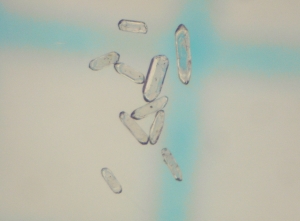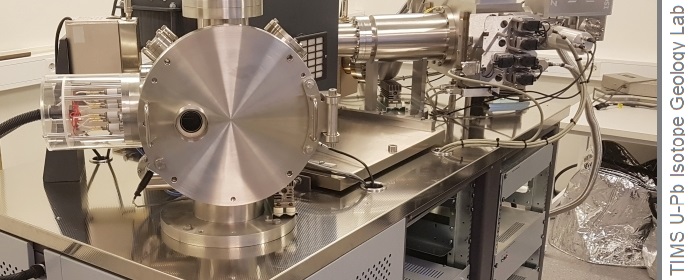Booking and prices
Prices: Contact Facility Manager
Booking: Contact Facility Manager
Contact information:
Facility Manager: Lars Eivind Augland
Location: Sem Sælands vei 1
0371 OSLO
Norway
Instruments:
- A new IsotopX Phoenix is currently installed and under testing
-
Low-blank laboratory with HEPA filtered facilities for mineral dissolution and processing
- Two tracers, the Earthtime (ET) 535 tracer and an in-house 202Pb – 205Pb – 235U tracer
- Jaw crusher, Retsch pulverizer, and Wilfley table in a null-contamination environment
- Mineral separation laboratory with magnetic and heavy liquid separation capability
- Hand-picking room with high-resolution binocular microscopes
- Equipment for air abrasion and chemical abrasion
The laboratory has all the basic instruments that allow the complete processing of samples from crushing, through mineral separation to the final isotopic analyses. In addition it commonly also untilises the SEM imaging facility at the Department of Geosciences.
Description of services:
-
A new IsotopX Phoenix is currently installed and under testing and analyses are not available at the moment
-
High-precison U-Pb dating of zircon and other uranium-bearing minerals by isotope dilution-thermal ionization mass spectrometry (ID-TIMS)
- Column chemistry in preparation for high precision Hf isotopic analyses by ICP-MS
TIMS U-Pb and Isotope Geology
The method is based on the radioactive decay of 238U to 206Pb and 235U to 207Pb. The two decay systems have half-lives of 4468 and 703 million years, respectively, which permit the dating of rocks as old as the age of the Earth (4.5 b.y.) or just a few million years old.

The technique is most useful for applications where high-precision and accuracy are critical, for example dating volcanic rocks for chronostratigraphic correlations, or complex intrusive relationships for detailed resolution of magmatic evolutions, or dating deformation and metamorphic transformations to establish the timing and mode of mineralisation processes.
The mineral zircon is present in many rocks and is most commonly used, but any other mineral containing some U can be useful, especially titanite, monazite and rutile.
The laboratory can by appointment be used for research activities and/or to assist students at the Department of Geosciences.
About the laboratory
You can read more about the TIMS U-Pb Isotope Geology Laboratory, research directions, methods and more from here:
